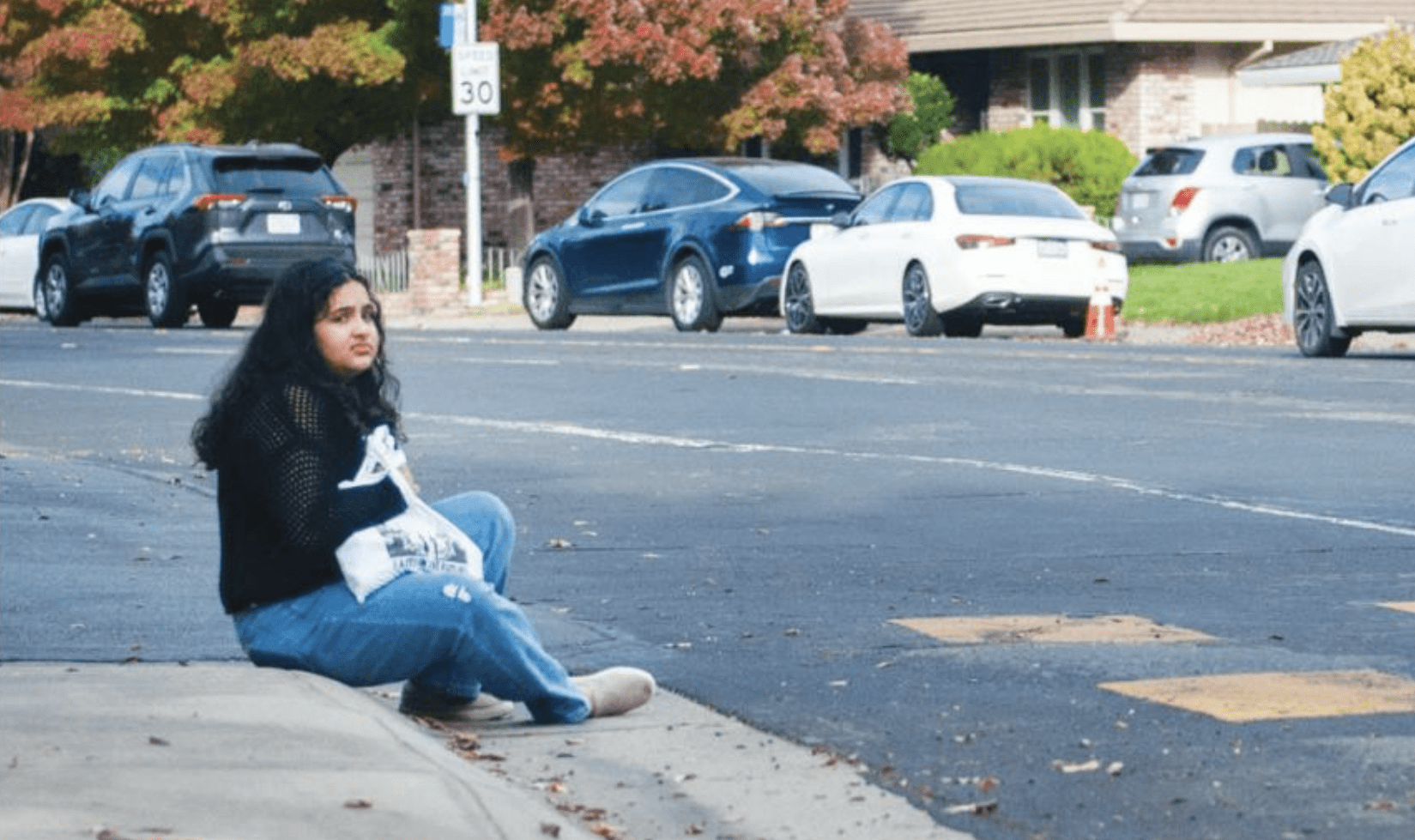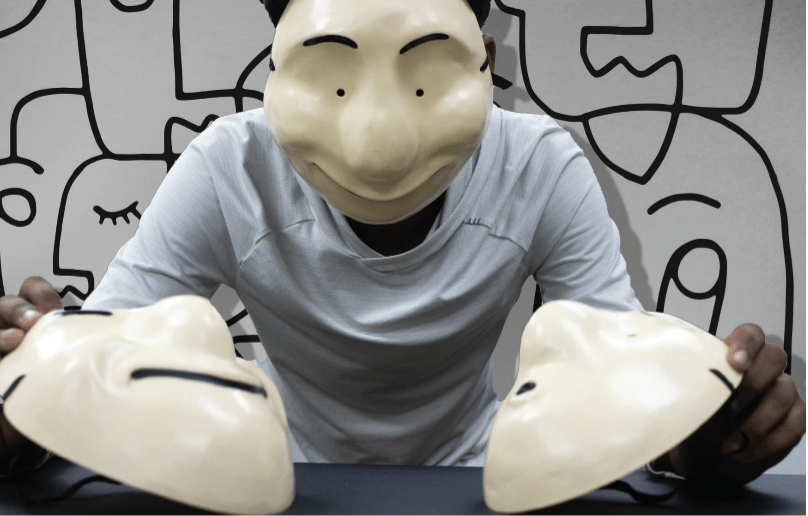EDITORIAL: Follow social distancing guidelines; it’s the only way to get out of this pandemic
With the school year starting online, many students and parents are wondering when grades 6-12 will be able to return to campus.
A waiver filed by the school, which was approved, now allows grades K-5 to attend school in-person.
The pre-kindergarten started school on campus on Sept. 1, and grades K-5 will begin returning to campus on Sept. 29, following the proper precautions.
At this time, there isn’t a waiver for middle school or high school to open. If the county moves from the Purple Tier to the Red Tier in the upcoming days and stays there for the prescribed time, it may be possible to return in October.
Returning to campus will require the number of COVID-19 cases to go down. In order for that to happen, people need to start taking the pandemic seriously.
As of Sept. 26, California has had around 806,000 Covid-19 cases, and 15,542 Covid-19 deaths so far, according to the California Department of Public Health. As of the same date, Sacramento County Public Health reported that the county has had 22,183 cases and 406 deaths.
We are slowly approaching the time when the whole school will be allowed back, but to continue moving forward, we need to keep taking the necessary precautions to prevent the spread of Covid-19.
Staying in quarantine without seeing your friends and family for six months is exhausting. However, the sooner we start following the proper precautions, the sooner we can safely return to campus.
If you’re still not sure what you should be doing, here are some necessary precautions, according to the CDC:
- Always wear a mask when you leave your house.
- Stay six feet away from other people.
- Wash your hands with soap and water for at least 20 seconds.
- Don’t touch your face.
- Stay home as much as possible.
- Don’t hold or attend large gatherings.
The Centers for Disease Control and Prevention reported the first non-travel related U.S. case on Feb. 26 in a California residence. Health officials continue to report new cases and deaths in the U.S. and California.
So, why aren’t people taking it as seriously now as they did when the lockdown first started?
Part of the problem is that wearing a mask has become part of the ever-growing political divide in our country. As businesses opened up and turned away customers without masks, many anti-mask protests were organized.
Our president, Donald Trump, has mocked the idea of wearing a mask, and has held large indoor gatherings and political rallies, where many of his supporters aren’t wearing masks or social distancing.
If our president can’t follow basic precautions, what else is to be expected from the rest of the country?
On top of that, influencers are having parties left and right — often without wearing masks. This encourages other people to do the same. Celebrities need to set a good example.
Wearing a mask is a necessary precaution to take — if not the most important one — until the country has a COVID-19 vaccine.
The reason masks are so essential in stopping the spread of the virus is because they provide a barrier to stop respiratory droplets from traveling into the air, according to the CDC. For example, when someone talks, coughs, sneezes or sings, the virus is spread through those respiratory droplets.
A lot of people may have the mindset that since they’re young, it won’t affect them as much. If you’re not worried about your own safety, think about those around you.
According to the U.S. Census Bureau, in 2019, 14.8% of California’s population are people aged 65 and older.
Many of these people are in the high-risk category for becoming severely ill from COVID-19.
On top of that, people with underlying medical conditions are also at high risk, even those under the age of 65.
Those at risk for severe illness include people with cancer, chronic kidney disease, weak immune systems, obesity, serious heart conditions and more.
People with the following conditions also are at risk for severe illness: asthma, cerebrovascular disease, cystic fibrosis, hypertension, high blood pressure, neurologic conditions, pregnancy and more.
Data from 4,905,884 cases showed that 23.3% of cases occurred in those ages 18-29 and 20.8% in those ages 50-64, according to the CDC. These were the highest percentages, the lowest being ages 0-4 with 1.8%.
While people age 85+ were only 3.3% of cases, they were 31.7% of 140,663 deaths. This shows how the virus especially impacts the elderly.
When you leave your home without a mask or don’t socially distance, you’re putting these people at risk, if not yourself.
Symptoms of the coronavirus include fever, cough, fatigue, shortness of breath, body aches, headaches, sore throat, congestion and nausea. If you experience any of these symptoms and want to get tested, call your healthcare provider first, as recommended by the CDC. Those with mild symptoms may be able to recover at home without any professional medical care.
If you do need to meet with someone, do it safely. Make sure you socially distance and wear a mask. Make sure that the person you’re meeting is also isolating safely. You could also meet only with friends and family in a “bubble,” where everyone has only been interacting with each other.
If you do contract the virus, stay home and try to quarantine away from others in your house. If you have trouble breathing, pain in the chest, feel confused, are unable to wake or stay awake or your face and lips are bluish, these can be warning signs of COVID-19, the CDC emphasizes.
If you experience these symptoms, immediately call 911.
In case someone you’ve met recently contracts the virus, you also should quarantine yourself for 14 days to be safe.
The point is, the pandemic is to be taken seriously. Please, please follow social distancing guidelines so we can all do stuff again. Wear a mask, stay inside your homes, every bit helps.
We’ve already seen the effect the pandemic had on our country and our everyday lives. If you don’t start taking it seriously now, who knows when our lives will return back to normal.
Originally published in the Sept. 22 issue of the Octagon. Updated Sept. 26.



